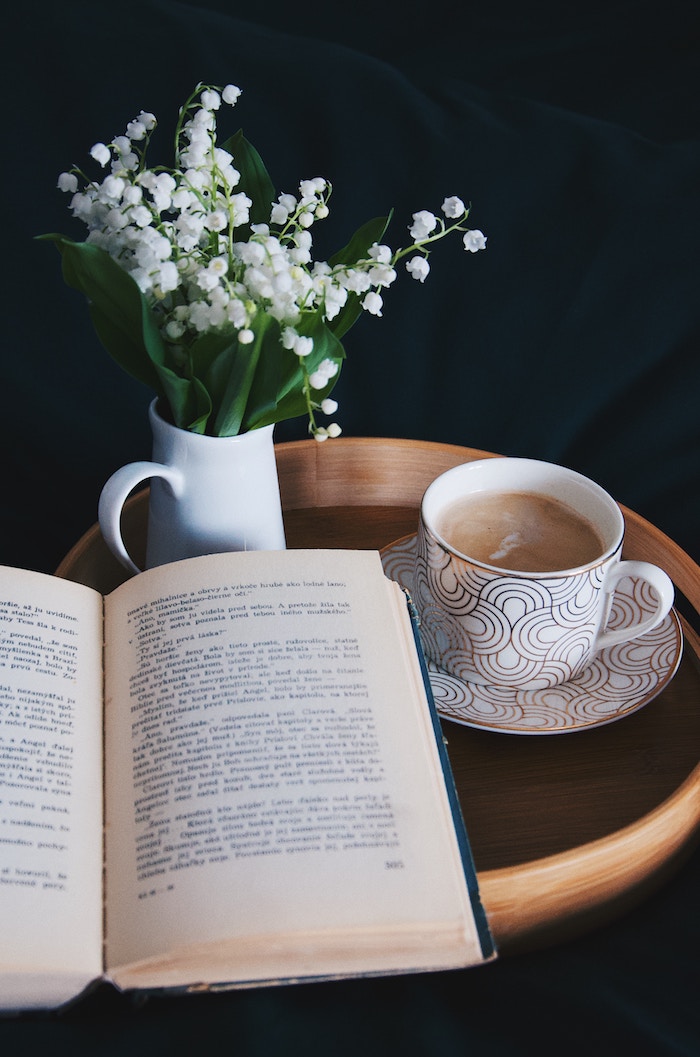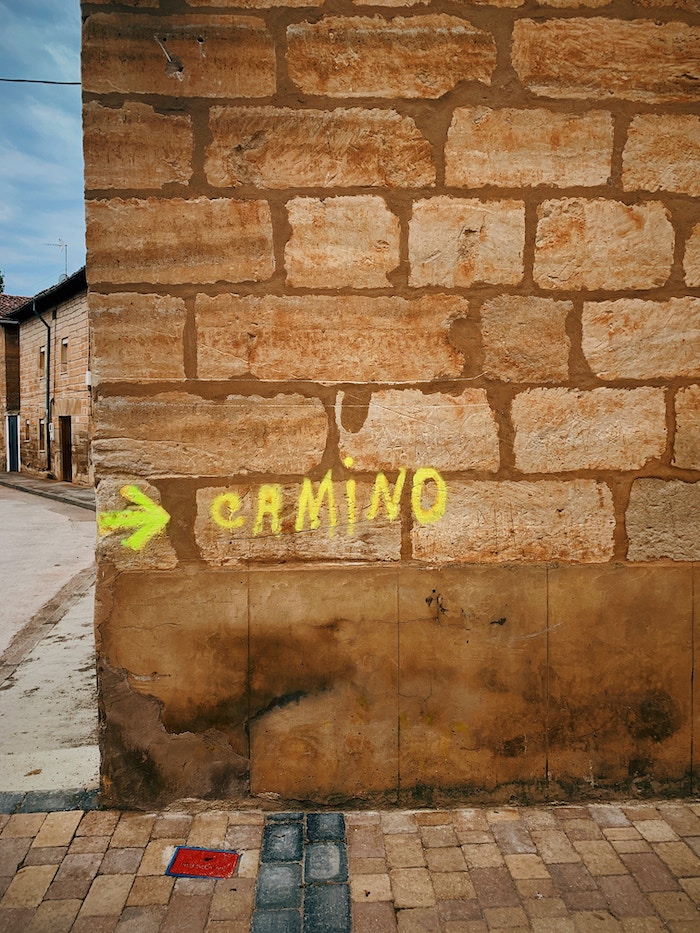
Conserving water has become more important than ever. People worldwide are struggling to find clean drinking water and raise crops in drought-stricken regions. As our population multiplies–and more and more people seek to share this limited resource–this problem will only continue to grow. It’s imperative that we use water wisely and avoid wasting it. The statistics on American water waste are alarming:
- Water is a finite resource—even though 70% of the Earth’s surface is covered by water, less than 1% is available for human use.
- Each American uses an average of 100 gallons of water a day at home.
- Americans use 127% more water today than we did in 1950.
- About 95% of the water we use goes down the drain.
- 10% of American homes have water leaks that drip away 90 gallons a day or more.
Cutting back on water use does so much more for our planet than simply conserve a precious resource. Public water systems consume a great deal of energy when purifying and pumping water from a central facility into your home. Saving water lowers greenhouse gas emissions by using less energy and subsequently reduces your carbon footprint while helping the country become more energy independent.
If you’re ready to start conserving water around the home, feel free to employ some of the following methods. While you may not be able to do everything on this list, even a few small changes can add up to hundreds of gallons of water saved every year.
The Kitchen
We use so much water when it comes to food–washing it, preparing it, disposing of it–which means that there are plenty of opportunities for conservation in the kitchen.
1. Don’t use running water to thaw frozen foods; instead, defrost them in the microwave or the refrigerator. Wash fruits and vegetables in a container rather than letting running water go down the drain. When you’ve finished cooking foods that require boiling or steaming, allow the water to cool, and use it for watering houseplants.
2. Use fewer plates and cups to cut down on the amount of water that needs to be used to wash them. When you do have dishes to wash, throw them in the dishwasher! Modern dishwashers use far less water than hand washing especially when you limit pre-rinsing. Only run full loads, though, or you’ll end up wasting. If you have to handwash your dishes, fill the sink with water in lieu of continually running the tap. When you’ve finished, use the gray water in your garden (more on that later).
3. Finally, run your garbage disposal sparingly. Composting food waste not only saves gallons of water; it works as a fabulous fertilizer for your garden.
The Bathroom
The bathroom is yet another place where our water consumption often gets out of hand. Luckily there is a multitude of ways to cut down on water use without sacrificing hygiene.
4. Brush your teeth and shave at the sink rather than in the shower. Don’t forget to turn off the tap while shaving, brushing teeth, and lathering hands.
5. Since a bath uses up 30 gallons of water while a five-minute shower uses 10 to 15 gallons, it’s better to take short showers than to lounge in the tub. Use a timer to keep your showers short and sweet. Want to up your conservation even further? Turn the water on for just long enough to get wet, then, turn it off while soaping up. Turn the water back on again to rinse. You can save up to 150 gallons a month doing this!
6. Replace showerheads that have a flow rate greater than 2.5 gallons per minute with the water-saving, low-flow variety. You can check the flow rate by catching the water in a 1-gallon bucket. If it takes less than 24 seconds to fill up, the showerhead needs to be replaced. You can also use a bucket to collect water for other uses while you wait for the shower to heat up!
7. If you do take a bath, there are a couple of best practices for water conservation. One, don’t wait for the water to get hot before filling the tub. Instead, put in the plug and adjust the water temperature as the tub fills. Two, don’t drain your bath after you’re done. You can use that water for other purposes.
8. Since older toilets (those installed before 1992) use as much as seven gallons per flush, it’s best to replace them with high-efficiency models. You can also install a flush saver or double flush system that will let you control how much water you use. Leaks can be silent, so be sure to test your toilet at least once a year. While looking for leaks, ensure that the water level is not too high, the fill valve is working properly, and the flapper is not loose. Finally, don’t use your toilet as a garbage can: only flush it when disposing of sanitary waste.
Around the House
9. If you can afford to, consider purchasing water-efficient appliances for your home. This includes dishwashers, refrigerators, washing machines, toilets, sinks, showers, and more. Attach high-efficiency aerators to every tap in your home to reduce flow by 1.5 gallons per minute or more.
10. Adjust the water level in your washing machine to match the amount needed for the load. If this is not an option, only run full loads. Wash dark clothes in cold water to save water and energy (and to help your clothes retain their color). Use towels a few times before washing them. If you collect clean water (say, from the shower or sink) you can use it to hand wash delicate clothing.
11. If possible, reroute waste water from your washing machine outside. This gray water can be used in your garden. However, it should never be used on edible plants due to a risk of contamination, and should always be “filtered” through a medium (such as pea gravel). If you do decide to collect gray water for your garden, be sure to use plant friendly soaps and cleaning products.
Outdoors
Nearly 60% of your household water footprint goes toward lawn and garden maintenance. Let’s look at some ways to cut that percentage.
12. Do not water your lawn every day (or even every other day). Most grass types only need one inch of water every five to ten days in the heat of summer. Save water by planting drought-resistant varieties–such as Bermuda and buffalo–and only in areas where people will use it actively for recreation. Raise the height of your mower blade to three inches and mow less often; taller grass shades roots and holds soil moisture better than short grass. Aerate your lawn with holes spaced every six inches to allow water to reach the roots rather than run off the surface. If at all possible consider an alternative to a grass lawn.
13. Stock your garden and landscaping with native plants that require little or no watering. Organize your landscape into hydrozones–that is, areas of landscape with plants that have similar water requirements. This will help put an end to overwatering some plants and under-watering others. Add mulch around all your plants to reduce water loss.
14. Water your lawn and garden in the morning to prevent water loss due to evaporation. Adjust your sprinklers so they don’t spray water on paved surfaces such as the sidewalk or driveway. To prevent watering when it’s not needed, add a rain sensor to your irrigation system (if it doesn’t already have one built-in).
15. If you can, wash your car at a local car wash. Car washes tend to use less water than you use at home, and they also collect, filter, and recycle the wastewater. If you must wash your car at home, do so on the lawn and use a trigger nozzle hose and/or bucket.
These are just a few of many ways you can start conserving water every day. Do your research, learn more about this valuable resource, get involved, and watch as you save water, energy, and money. And remember—never throw water away. There is always a use for it.
What are the clever ways you practice water conservation at home?
Also by Liz: 5 Creative Pastimes to Ease Anxiety
Why We Should All Love Bees–Plus, How We Can Help Them
Related: 3 Ways to Radically Reduce, Save Money, and Be Happier
Get more like this—Subscribe to our daily inspirational newsletter for exclusive content!
__
Photo: Pixabay




